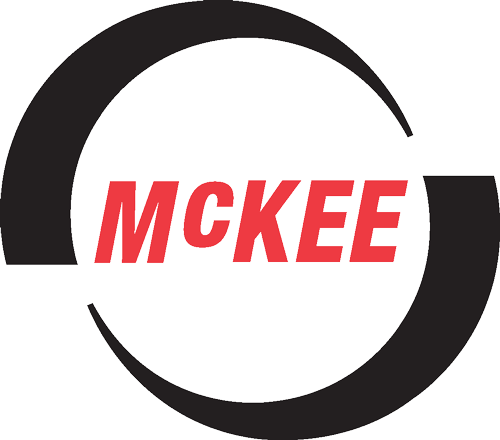How Do You Know When Roller Bearings Are Bad?
December 29, 2020 7:31 pm Leave your thoughtsOver time, your roller bearings will experience some general wear and tear that may require you to make some repairs or replacements. It’s important to be familiar with the most common causes and types of bearing damage so you can prevent further damage to mechanical bearings and equipment in Lubbock, TX. Doing so will ensure longer-lasting, higher-quality performance.
Here are just a few examples of some of the most common types of roller bearing damage and how to recognize their causes:
- Fatigue spalling: Fatigue spalling is a type of surface damage to the metal or its finishes, and comes in several forms. Point surface origin spalling is caused by debris or raised metal that exceeds the thickness of the lubricant film. Inclusion origin spalling occurs as a result of oxides or other hard inclusions in bearing steel.
- Deformations: Deformation of roller bearings can occur in a variety of ways. For example, the bearing cones could see some rib face deformation, due to metal flow that arises from excessive heat in the bearings. The bearings might completely lock up as a result of deformation, with the rollers skewing and sliding side to side.
- Cage damage: Cage damage might occur as a result of a bearing that was dropped or improperly installed. It’s characterized by rollers skewing and binding, with a cage ring that gets compressed or otherwise interfered with during service or installation.
- Handling damage: Handling damage is just that—damage caused by rough handling during transport or installation. It often is characterized by nicking, with raised metal from contact with roller edges or denting from impact areas.
- Preload and overload damage: There are a variety of types of damage caused by excessive preload or overload. For example, the bearing cone bore polishing might experience contact wear or creeping due to insufficient lubrication, or due to cone bore contraction as a result of an excessively tight preload setting. You might also see full race width fatigue spalling caused by heavy loads that create a thin film of lubricant and higher temperatures.
- Scoring: Scoring can occur on bearings due to metal-on-metal contact after the lubricant film breaks down. You might see the bearing cone get scoring on its large rib face, resulting from metal-on-metal contact or heat damage.
- Damage from foreign materials: Certain foreign materials can cause damage to bearings when they enter the system. Fine abrasive particles can cause some abrasive wear, and debris can also cause bruising when there is inadequate sealing or a lack of maintenance.
- Peeling: Peeling can occur as a form of spalling due to a thin lubricant film after high loads and low RPM, or due to elevated temperatures.
These are just a few examples of some of the most common types of damage and wear to mechanical bearings in Lubbock, TX and what you should do to resolve or prevent these issues. Contact M.B. McKee Company, Inc. today with any questions or to learn more about how we can assist your operation. We look forward to working with you!
Categorised in: Mechanical Bearings
This post was written by Writer

